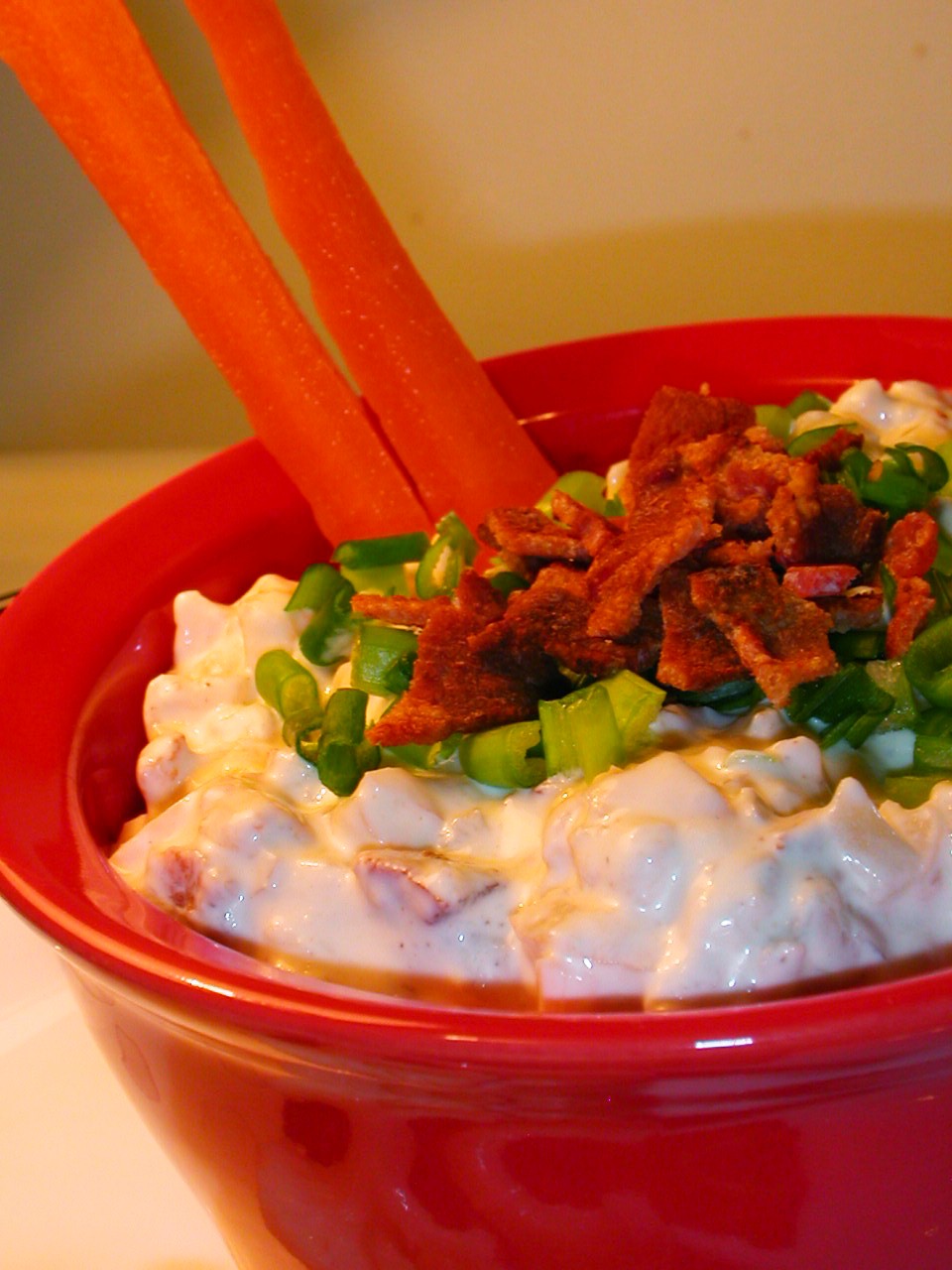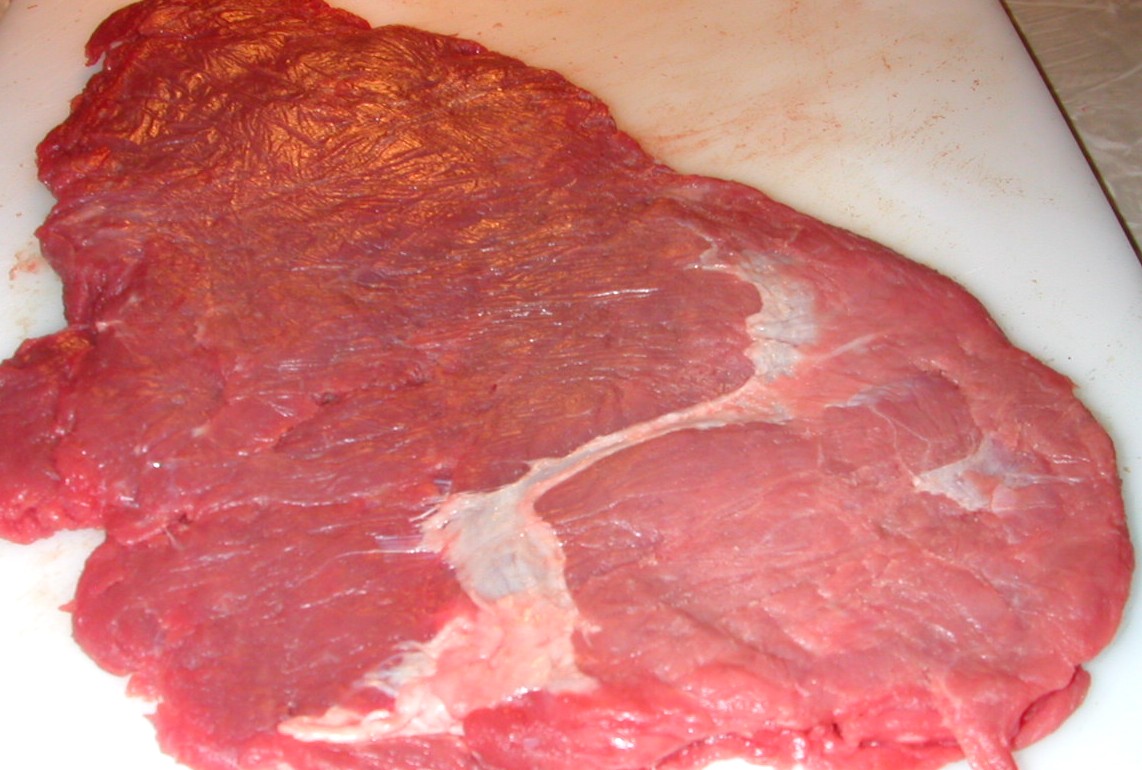My next Meyer lemon experiment was a savory recipe from Amanda Hesser’s Cooking for Mr. Latte. This is the type of recipe that drives me crazy – a handful of this and a few handfuls of that. Seriously? I don’t see anything wrong giving exact measurements – of course everyone adjusts recipes to their own tastes, but you want to at least give your readers a starting point. Especially when you say something like “quickly fold in the ingredients, adding more to taste.” I’m supposed to fold, taste, fold, taste, fold, when I’m in a hurry?
Anyway. Somewhere along the line when I was reading about Meyer lemons, I read that one reason that their availability is often limited is that they aren’t as hardy as regular lemons. Apparently, this is true. I bought the lemons on Saturday and figured I had plenty of time to use them, but by Tuesday, they weren’t looking so hot, so I rushed to use them that day.
This recipe involved another new ingredient for me – crème fraiche. Pretty good stuff. Kind of like mellow sour cream.
Not only are the ingredient amounts basically useless, but the method for this recipe didn’t really work either. Hesser instructs the reader to grate “a handful” of parmesan cheese into a bowl along with some lemon zest, then add “three handfuls” of arugula. (Grr.) The cooked pasta is added to the bowl, then the crème fraiche and some of the pasta cooking water is stirred in. The problem is that the hot pasta melted the cheese into clumps, and I couldn’t get them to melt into a smooth sauce. The lemon zest clumped with the parmesan clumps, so there really wasn’t an even distribution of flavors.

All that being said, the recipe has lots of potential. The flavors were good, although I needed more arugula, more parmesan (of course!), and more zest. And, unlike with the lemon bars, I think the Meyer lemons may be important to the recipe. I’m actually hesitant to try it with regular lemons, although it’s probably worth the experiment. It’s a great weeknight meal, because all of the other ingredients can be prepared while the pasta is cooking. Just don’t expect Hesser’s recipe to help you along at all!
Pasta with Meyer lemon, crème fraiche, and parmesan (adapted from Amanda Hesser’s Cooking for Mr. Latte)
Serves 4
The amounts listed for each ingredient are loosely based on Hesser’s recipe. However, it is expected that your personal tastes may vary and you may want to adjust the quantities accordingly.
1 pound pasta (any shape)
salt
3 ounces arugula, chopped
zest from 2 lemons
juice from 2 lemons
½ cup crème fraiche
½ ounce parmesan cheese, grated
ground black pepper
1. Bring 4 quarts of water to a boil. Add 1 tablespoon salt and pasta. Cook until al dente. Drain, reserving ½ cup of the water.
2. Mix hot pasta with remaining ingredients, making sure to add cheese after crème fraiche to avoid clumps. Stir in reserved water if pasta is sticky. Serve in heated pasta bowls.















 Updated photo 12.13.08
Updated photo 12.13.08
















